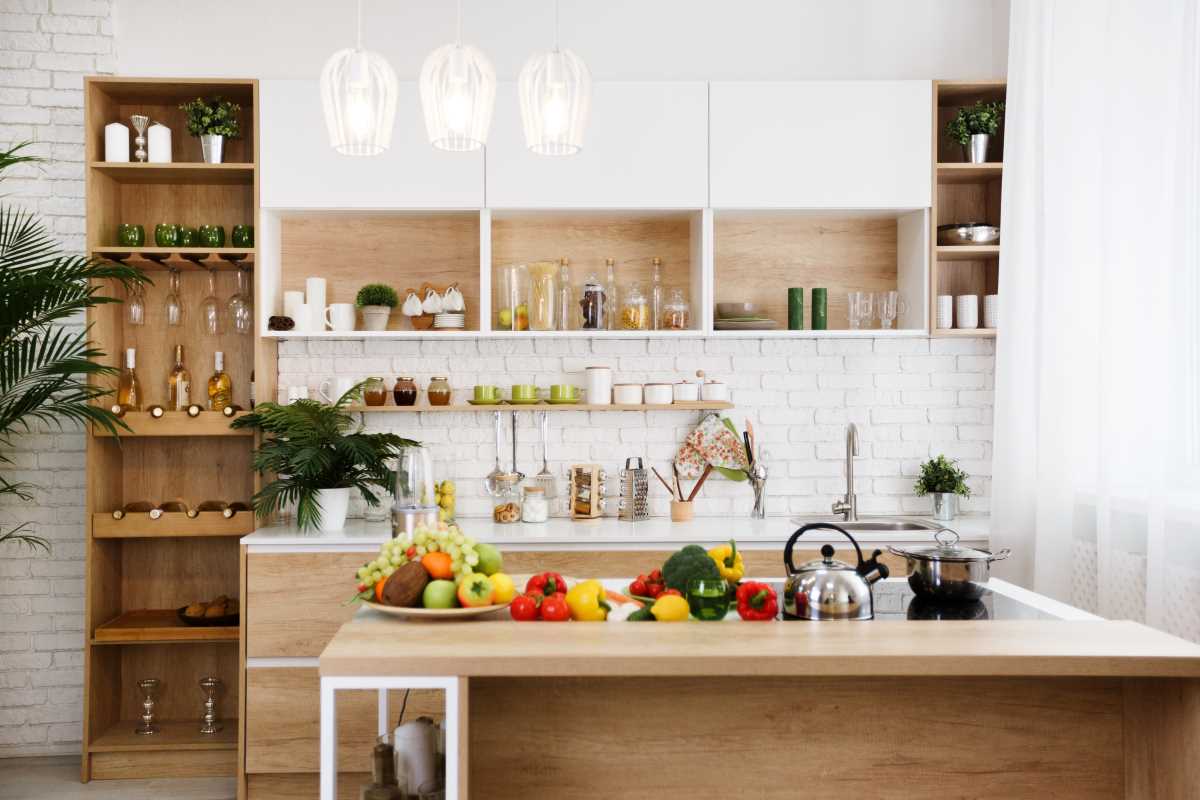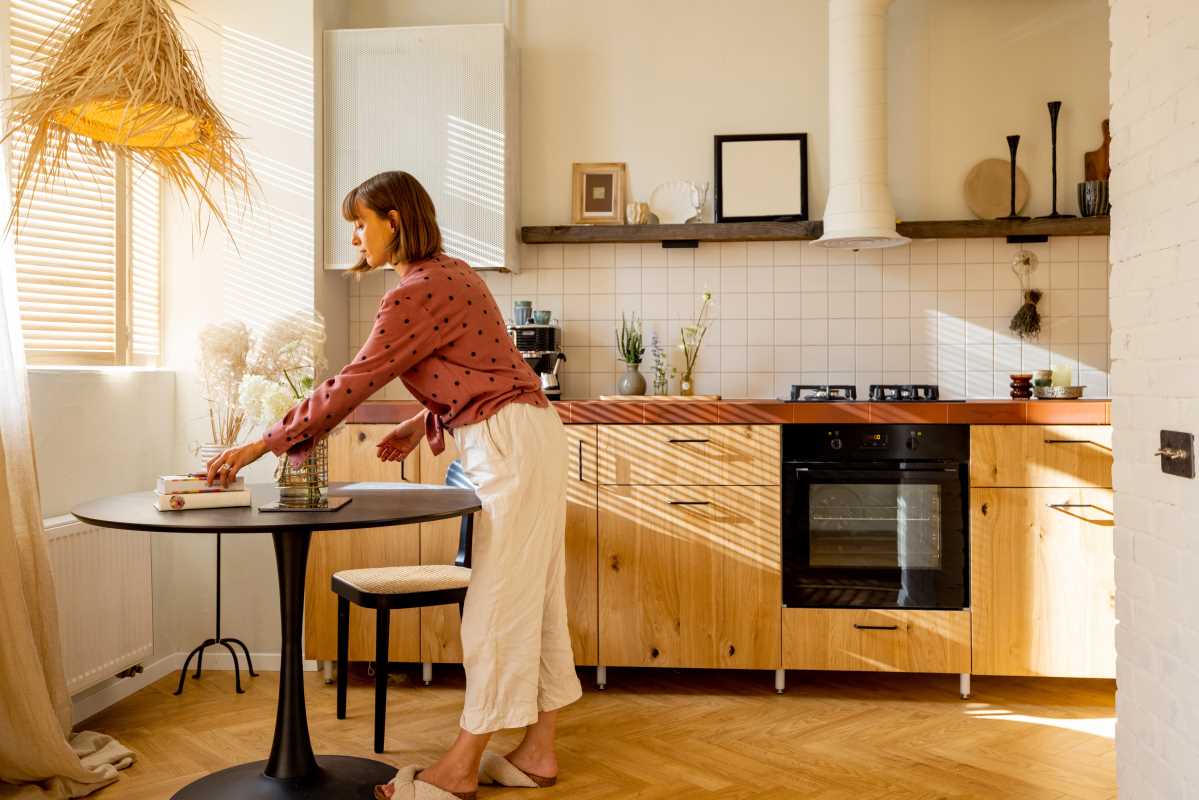Creating a home gym is an excellent way to stay fit without the hassles of a commercial gym – no commute, no waiting for equipment, and no unwanted distractions. Whether you're a fitness novice embarking on a new journey or a seasoned athlete seeking to maintain your routine, building a personalized workout space is incredibly appealing. What often deters people, however, is the perceived cost. The image of a fully equipped gym, with rows of gleaming machines, can be intimidating. But the reality is that building a home gym on a budget is achievable and a remarkably effective way to prioritize your health. You don't have to break the bank to set up a space that meets your workout needs and keeps you motivated. In fact, with a bit of creativity and planning, you can transform a small corner of your home into a powerful engine for your fitness goals.
Benefits of a Home Gym
- Convenience: Access your workout space anytime, eliminating the need to adhere to gym hours.
- Cost-Effective: Save money on gym memberships and reduce transportation expenses.
- Privacy: Exercise in a comfortable environment without feeling self-conscious.
- Customization: Tailor your gym to fit your specific fitness goals and preferences.
- Time Efficiency: Shorten your workout time by eliminating travel to and from the gym.
Setting a Budget
- Low Budget: Focus on essential equipment like resistance bands, dumbbells, and a yoga mat.
- Moderate Budget: Invest in quality items such as adjustable benches, kettlebells, and a pull-up bar.
- High Budget: Incorporate advanced equipment like treadmills, elliptical machines, and home gym systems.
Essential Equipment
- Resistance Bands: Versatile tools for strength training and flexibility exercises.
- Dumbbells: Essential for a wide range of weightlifting exercises targeting different muscle groups.
- Adjustable Bench: Provides support for various workouts, including bench presses and seated exercises.
- Yoga Mat: Ideal for stretching, yoga, and floor-based workouts.
- Pull-Up Bar: Great for building upper body strength through pull-ups and chin-ups.
Space Optimization
When building a home gym, making the most of your available space is crucial. Start by identifying a dedicated area in your home that can be easily transformed into a workout zone. This could be a spare room, a corner in your garage, or even a section of your living room. Utilize vertical space by installing shelves or hooks to store equipment like resistance bands, jump ropes, and weights. Consider multi-functional furniture that serves more than one purpose. For example, an adjustable bench can double as a seating area when not in use for workouts. Mirrors are also a great addition as they can make the space appear larger and help you maintain proper form during exercises. Proper organization not only keeps your gym tidy but also ensures that you have easy access to all your equipment during your workouts.
Quality Over Quantity
When you decide to construct a home gym, focusing on quality rather than quantity can make a significant difference. Investing in durable and reliable equipment ensures that your gym will withstand regular use and last longer. High-quality items may have a higher upfront cost, but they often provide better performance and safety, reducing the need for frequent replacements. Moreover, choosing versatile equipment can maximize your workout options without overcrowding your space. Items like adjustable dumbbells, multi-functional benches, and compact cardio machines offer multiple exercise possibilities in a single piece of equipment. This approach saves space and allows you to switch up your workouts easily, keeping your routine engaging and effective.
DIY and Secondhand Options
Building a home gym on a budget doesn't mean you have to buy everything new. Exploring DIY projects and secondhand options can help you save money while still obtaining the necessary equipment. For instance, you can create your own weight racks or storage solutions using affordable materials from local hardware stores. Many fitness enthusiasts sell lightly used equipment on online marketplaces or local community groups, offering significant discounts compared to brand-new items. Another creative way to save is by repurposing household items for your workouts. Use sturdy chairs for step-ups and tricep dips, or fill empty water bottles with sand to serve as makeshift dumbbells. These cost-effective alternatives reduce expenses and add a personal touch to your home gym, making it uniquely yours. You can equip your gym without stretching your budget by leveraging DIY and secondhand resources.
Building a home gym on a budget is a practical and rewarding endeavor with numerous benefits. By carefully planning your space, setting a realistic budget, and focusing on quality equipment, you can create a functional workout area that meets your fitness needs. Embracing DIY and secondhand options further enhances the affordability of your gym, ensuring that you stay committed to your health and wellness goals without financial strain.
 (Image via
(Image via





